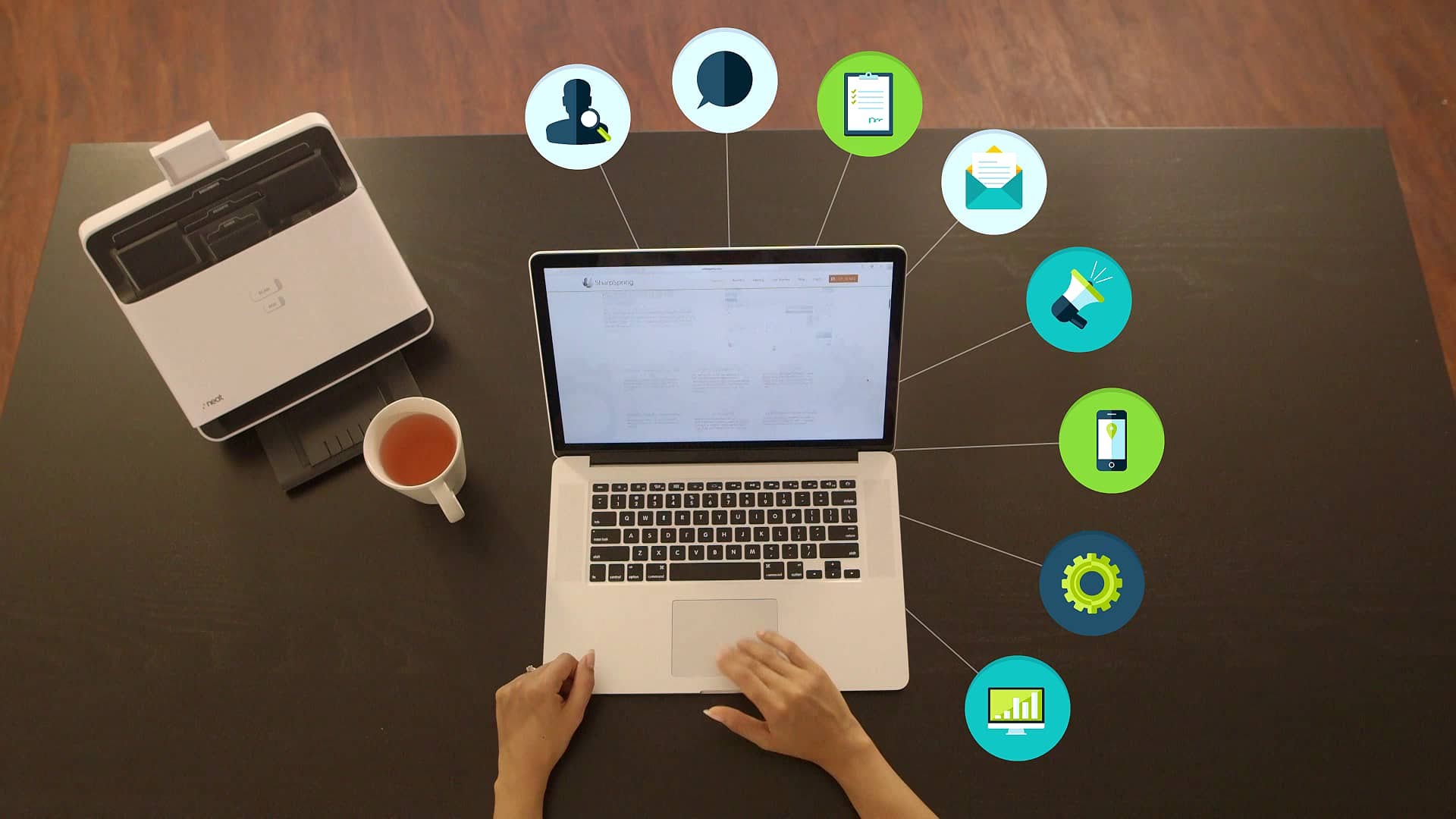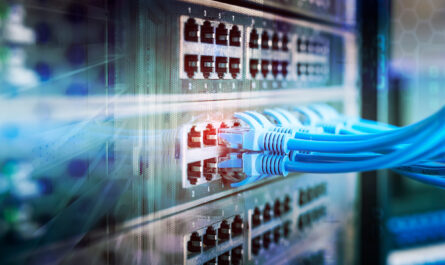What is a Smart Mirror?
The smart mirror is an interactive mirror that displays information when you look at it. At its core, it is a touchscreen computer display built into or mounted on a mirror. When not in use, it simply functions and appears like a regular mirror. But when engaged, it provides a visual interface to access information, control smart home devices, and more through touch or voice commands.
Hardware Components of a Smart Mirror
A smart mirror consists of the following key hardware components:
– Display: Smart Mirror This is the central component and is usually a LCD, LED or OLED touchscreen display mounted behind a two-way mirror or partially reflective glass. Some options include LCD TVs, tablets or custom-built mirrored displays.
– Computer/Processor: An onboard computer running an operating system like Android or Linux powers the smart mirror. Low-power devices like Raspberry Pi are commonly used.
– Sensors: Cameras and microphones allow the mirror to recognize gestures, facial expressions or voice commands from the user for input.
– Connectivity: Built-in WiFi and Bluetooth enable the mirror to connect to the internet and other smart devices on the local network.
– Frame & Mounting: A frame houses the electronic components and provides a mounting solution for the mirror, usually a wall or standing mount.
Software Features and Capabilities
Through its underlying software and connectivity, a smart mirror can perform many useful functions beyond basic information display. Some key features include:
– Digital Clock/Calendar: Displaying the time, date, weather and more when not in active use. Many also show upcoming calendar events or reminders.
– Smart Home Control: Allow control of smart home devices like lights, locks, thermostats, cameras etc. using voice or touch commands directly from the mirror interface.
– Personal Assistants: Integration with voice assistants like Alexa, Google Assistant, Siri or Cortana lets users issue verbal commands and questions to the mirror naturally.
– Music/Media Playback: Capability to play music, podcasts or streaming video content directly on the mirror display using voice or touch controls.
– Notifications: Show notifications from apps, messages, calls etc. on the homescreen of the mirror interface. Some support customizable widgets too.
– Apps/Skills: As full-fledged smart devices, mirrors can run third party apps and skills to extend functionality like recipes, weather forecasts, games etc.
Use Cases and Benefits
Beyond mere information display, Smart Mirror open up new possibilities for user interactions and experiences with technology embedded seamlessly into our daily routines:
– Morning Routine Assistant: Perfect for the bathroom or hallway, it can assist with planning the day, checking headlines and schedules while getting ready.
– Smart Home Hub: Acts as a central hub to control all connected smart home devices with simple voice commands from anywhere in the home.
– Family/Home Communication: Facetime/video chat functionality allows remote communication with family members directly from the mirror.
– Elderly Care: Features like medical information display, emergency buttons and remote patient monitoring can help seniors and those living alone.
– Entertainment Centre: Stream music, podcasts, radio while grooming or getting dressed in the morning. Some even support casting content from phones.
– Decor Elements: With a quality frame and design, smart mirrors double up as attractive decorative elements that also serve useful functions.
Challenges and Future Developments
While nascent, the smart mirror market is estimated to grow significantly in the coming years as interface design improves and costs reduce. Some challenges remain around promoting mass adoption:
– Form Factor Advancements: More seamless, elegantly designed frames and thinner displays are needed to appeal to mainstream consumers.
– Data Security and Privacy: Ensuring data and conversations recorded by microphones and cameras are kept private and secure is crucial for user trust.
– Battery Life/Connectivity: Extending battery life of standalone mirrors and reliability of always-on connections need to be improved.
– Third Party App Ecosystem: Wider range of useful third party skills and homescreen widgets will fuel further interest and usage.
– New Applications: Future areas could include fitness tracking, gesture/movement based gaming, AR/VR capabilities leveraging the display.
*Note:
1. Source: Coherent Market Insights, Public sources, Desk research
2. We have leveraged AI tools to mine information and compile it



